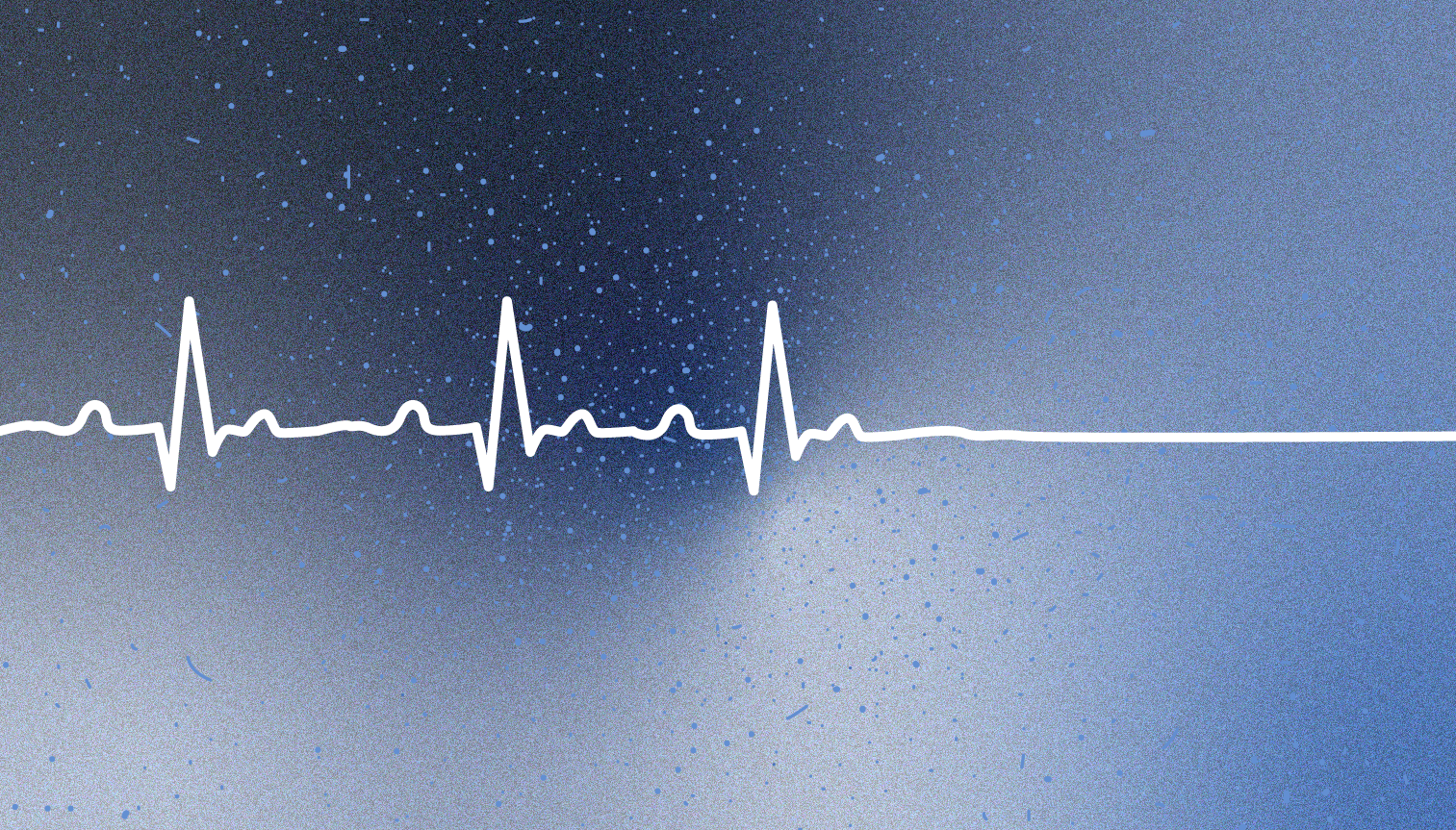“You do not need to have a fatal or terminal condition to be eligible for medical assistance in dying,” reads the eligibility criteria for medically assisted dying on the Government of Canada’s website. However, other criteria poses a limitation to this statement.
In a decision reached last Wednesday, the Quebec courts struck down the restriction limiting assisted dying, deeming it unconstitutional.
According to the CBC, Justice Christine Baudouin of the Supreme Court of Canada was largely in agreement with the court case of two Montrealers with degenerative diseases, Jean Truchon, 51, and Nicole Gladu, 74. They were seeking access to Quebec and Canada’s assisted dying laws, and challenging the current Criminal Code, which states that one must “be at a point where your natural death has become reasonably foreseeable” to receive aid to die.
This restriction on the assisted dying law is flawed in that it “forces [Truchon and Gladu] to endure harsh physical and psychological suffering,” according to Justice Baudouin’s judgement. Both Truchon and Gladu sought to have a dignified and serene death as they know their diseases are incurable.
With that, Baudouin agreed it was a violation of the Canadian Charter of Rights and Freedoms. Her decision gave governments six months to come up with something new before suspending that provision of the law.
Quebec’s end-of-life care law appeared in late 2015 and required patients to be at the end of their life. A new law was created after the Supreme Court of Canada ruled in Carter v. Canada that parts of the Criminal Code would need to change to satisfy the Charter Rights. In June 2016, the federal assisted dying law was passed.
Nevertheless, medically-assisted dying can seem like a moral battle. Some members of the Advocates for Canadians with Disabilities say the Quebec judgement would diminish the value of some lives and pushes a societal view that it is better to be dead than disabled, according to the Globe and Mail.
According to the same Globe and Mail article, the Council of Canadians with Disabilities added: “It is telling people with disabilities that simply having a disability is reason enough for us to want to die.”
Moreover, there is an ongoing tension between the rights of vulnerable patients and the religiously based policies of many hospitals operating across Canada that do not agree with assisted-dying, according to the Globe and Mail.
The federal and provincial governments still have a lot to consider in the next six months and could decide to appeal the decision. In the meantime, it grants an exemption for Gladu and Truchon that allows them to apply for medically assisted death immediately.
According to the National Post, the government is reviewing the decision before deciding its next steps.
Graphic by @sundaeghost
